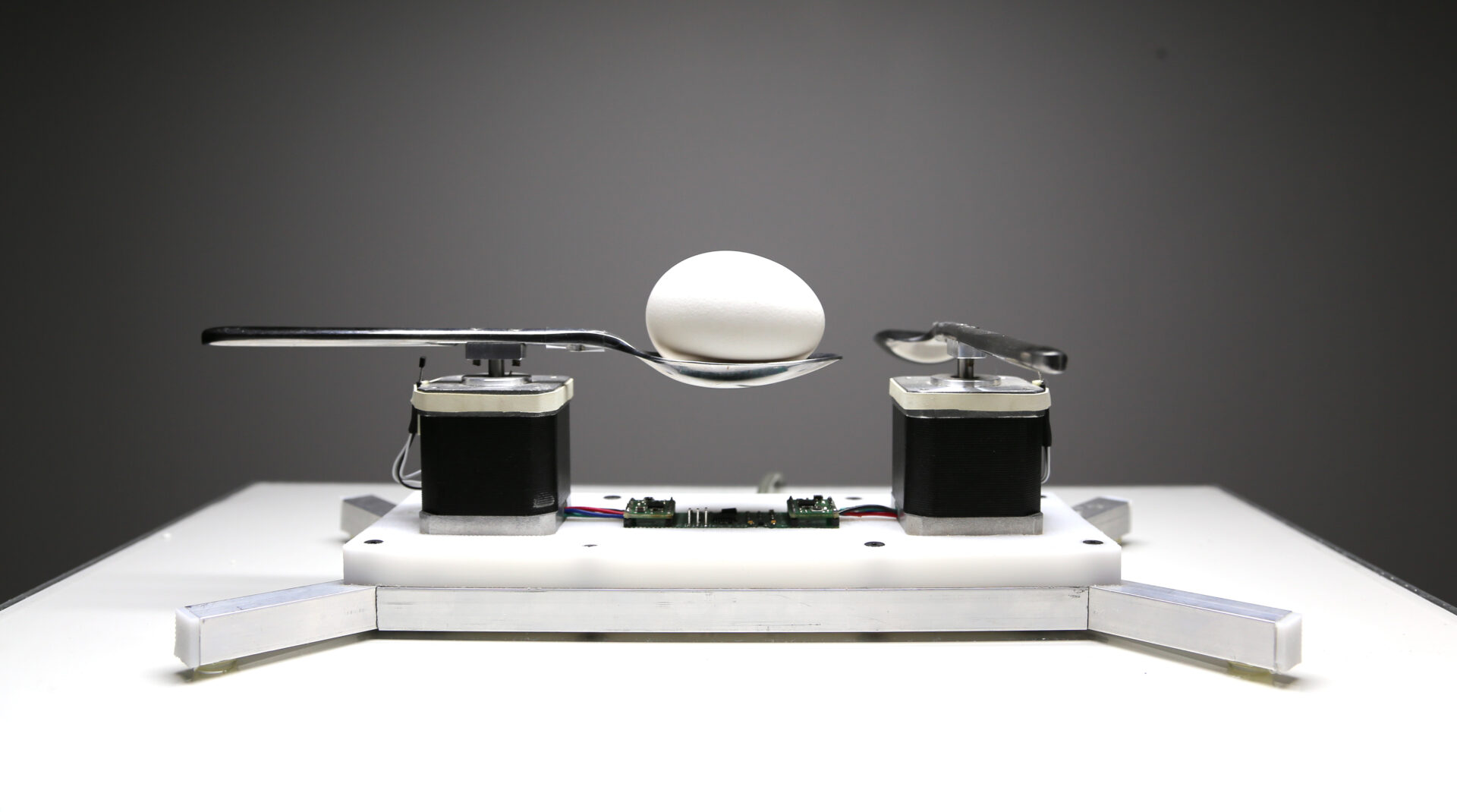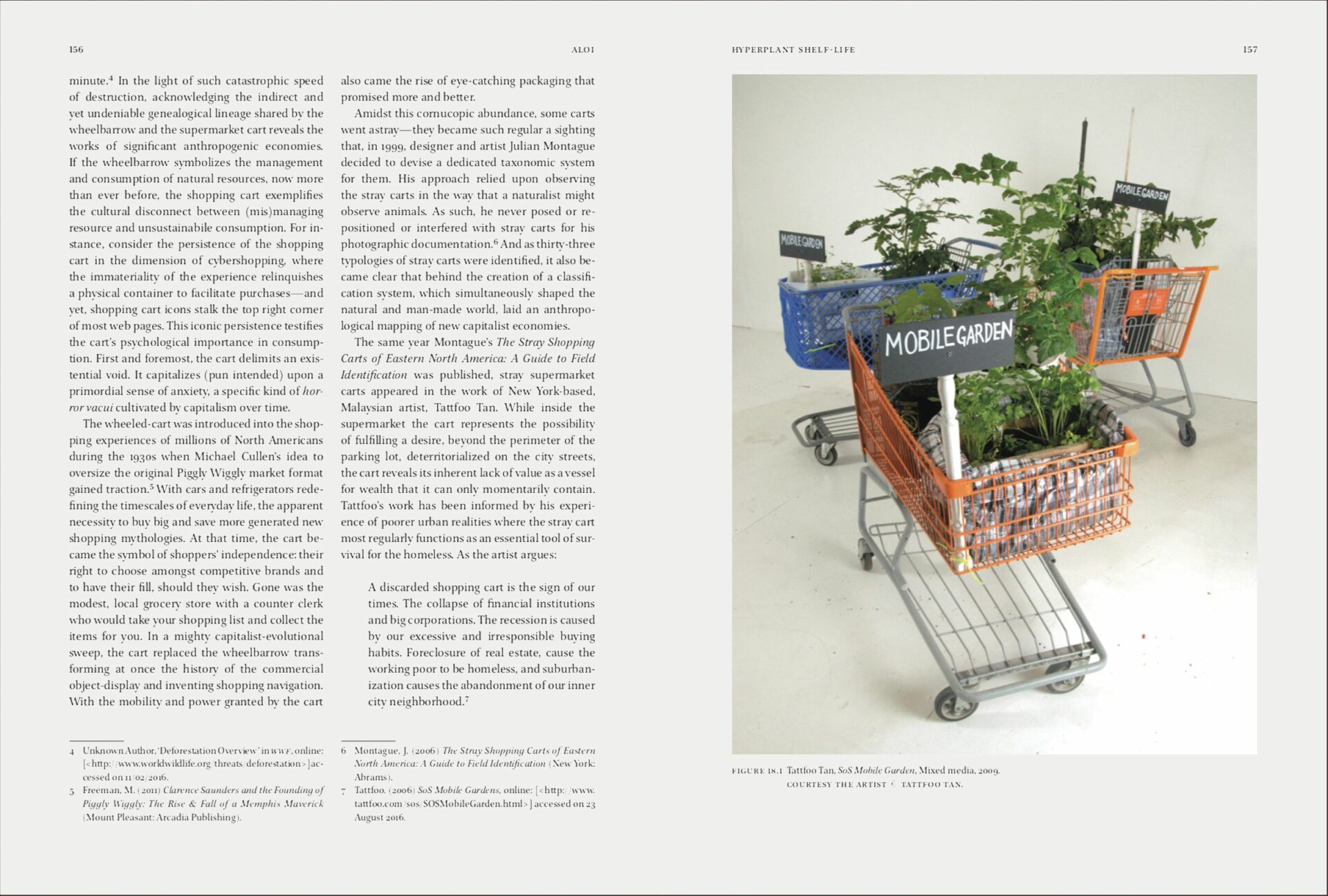
Photo: courtesy of the artist
Kinetica, now in its sixth year, is London’s technical innovation art fair, featuring a wide range of art, design and new media projects. The promotional material on its website claims that many works at Kinetica “exemplify universal concepts, heighten consciousness and advance human potential”;1 1 - Kinetica Art Fair, http://www.kinetica-artfair.com/?about_us/art-fair.html. [Accessed October 24, 2014]. but, as with many art fairs, the scale and similarity of the booths, paradoxically, both allow the works a new audience and, at the same time, threaten to engulf them in an indiscriminate sea of sensors, motors, holograms, flashing lights and moving parts, which can do little to speak to the event’s grandiose intentions. The fair’s promoters rely on the well-worn tropes of new media rhetoric, which seem to equate audience interactivity with audience creativity, and increased gadgetry with advances in “human potential.” They don’t seem to want to acknowledge either, on the one hand, the possibility that some of these works might suggest non-anthropocentric understandings of potential; or, on the other hand, that interactive gadgetry can descend into techno-fetishistic, pacifying spectacle much more easily, perhaps, than it can produce new forms of potential. In spite of its inflated, aspirational rhetoric, what I would hope to find at an art fair such as Kinetica is precisely something that is notuniversal – something that might pose a problem or critical question for new media: put it at odds with itself, out its antagonisms or reveal something of its limits.
In this light, the everyday, decidedly “low-tech” elements used in the four displays by Perte de Signal (Québec’s representation at Kinetica) were a welcome contrast from the glitzy gadgetry of most of the booths. A lacy paper airplane in Pavitra Wickramasinghe’s Take Hold Lightly, Let Go Lightly; eggs and dried peas in Samuel St-Aubin’s De choses et d’autres; plastic mesh in Maxime Damecour’s Temporeal; the familiar texture of string looping around string in Patrick Harrop’s Vortical Filament: these elements opened so-called “new media” onto many other sculptural, conceptual and social histories, and addressed some of the physical, philosophical and political stakes that constitute the point of encounter between the material and the mechanical.
Create your free profile or log in now to read the full text!
My Account


